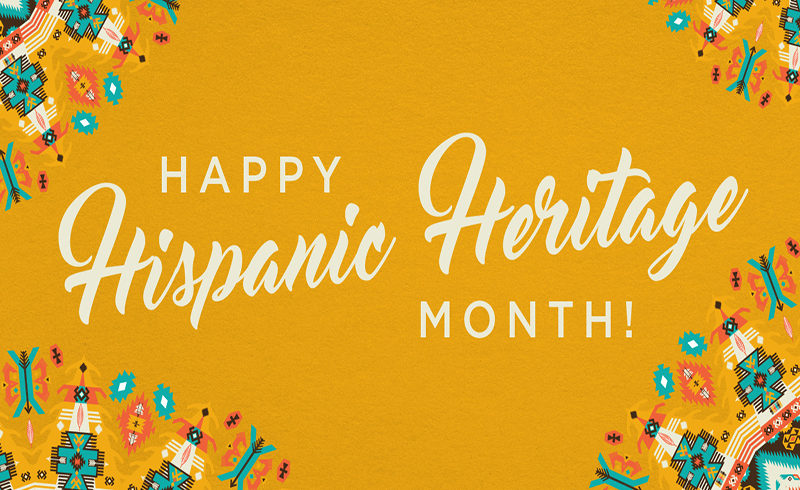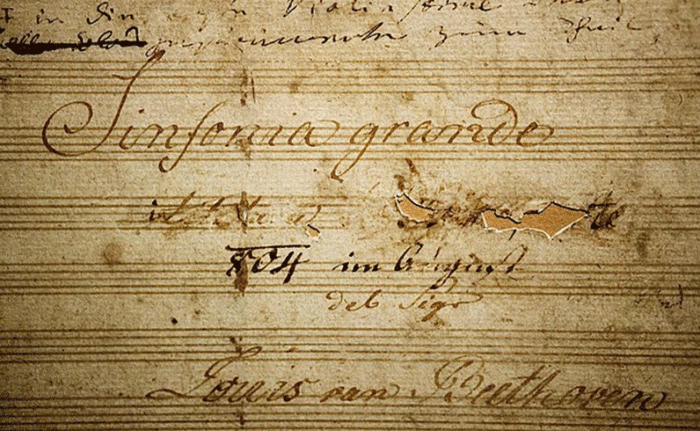This Hispanic Heritage Month, we’re highlighting some Hispanic composers that will be featured this Saturday in Fiesta Sinfónica, and others that we have programmed in the past. Take a few moments to learn about their incredible stories and inspiration behind their music.
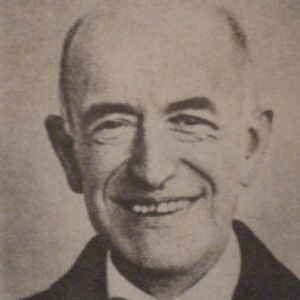
Manuel de Falla (November 1876–1946) was born in Cádiz, Spain—a province in Andalusia—and took piano lessons with Alejandro Odero at the age of 13 and composition lessons from Enrique Broca at 15. Most of Falla’s music is influenced by Andalusian folk dance and music, including El Sombrero de tres picos (The Three Cornered Hat) which will be performed this Saturday. Believe it or not, the great Pablo Picasso (also an Andalusian native) designed the costumes for this ballet’s 1917 premiere.
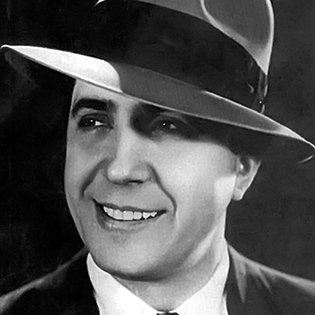
Carlos Gardel (December 1890–June 1935) was born as “Charles Gardes” in Toulouse, France. At the age of 3, he moved to Buenos Aires and went by the Spanish version of his name—Carlos Gardel. He is best known for his contributions to tango music as a lyricist and baritone singer. Tango was originally known as a genre for the lower class, but Gardel was able to popularize tango among middle and upper-class audiences, selling over 70,000 records in his first three months during his Paris visit. He died unexpectedly in a plane accident in Colombia while on tour. Your Houston Symphony will honor Gardel’s legacy this Saturday with a tango titled Por una Cabeza, arranged by John Williams.
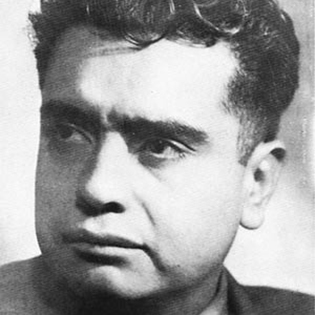
Jose Pablo Moncayo (June 1912–June 1958) was born in Guadalajara, Mexico and began piano lessons with Eduardo Hernández Moncada at 14 years old. Hernández Moncada encouraged Moncayo to study at the National Conservatory in Mexico City at the age of 17. At this conservatory, Moncayo became colleagues with the esteemed composer Aaron Copland. Moncayo eventually became a percussionist in the National Symphony Orchestra of Mexico, and later conducted this ensemble from 1949–1954. Moncayo is best known for Huapango, which derives from the Nahuatl word huapanco meaning “on top of the wooden plank” or “on the dance floor”. The Houston Symphony will perform this energetic work this Saturday.
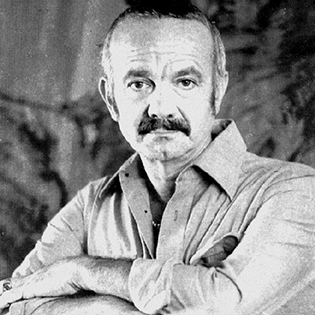
Astor Piazzolla (March 1921–July 1992) was born in Argentina to Italian immigrants. He began to learn to play the bandoneon—a concertina popular in Argentina and Uruguay, commonly played in tango ensembles—at 8 years old. His teacher, Bela Wilda (former student of Rachmaninoff), taught him to play Bach on the bandoneon. Piazzolla was known for his nuevo tango style that fused jazz, Western classical elements, and tango. You can hear this style in Tangazo: Variations on Buenos Aires, played the Houston Symphony album: Music of the Americas. Interestingly, Piazzolla dodged the fateful plane accident that killed his idol Carlos Gardel because his father did not let him go on tour with him.
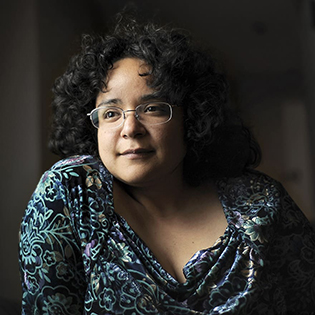
Gabriela Lena Frank (September 1972–present) was born in Berkeley, California to a mother of Peruvian/Chinese descent and a father of Lithuanian/Jewish descent. She received most of her musical training in Houston, with a Bachelor’s and Master’s degree from Rice University. Many of her compositions draw from her Peruvian background by emulating the sounds of the Peruvian pan flute or charango guitar with Western classical instrumentation. Frank completed her Houston Symphony composer residency in 2017 and premiered Conquest Requiem— a large-scale choral/orchestral work in Spanish, Latin, and Nahuatl, the language of the Aztecs.
The Houston Symphony will perform many of these pieces this Saturday, October 2 for Fiesta Sinfónica—a free performance that highlights the contributions of Latin American and Hispanic composers. This performance is currently sold out, but standby tickets will be available on a first come-first served basis.
